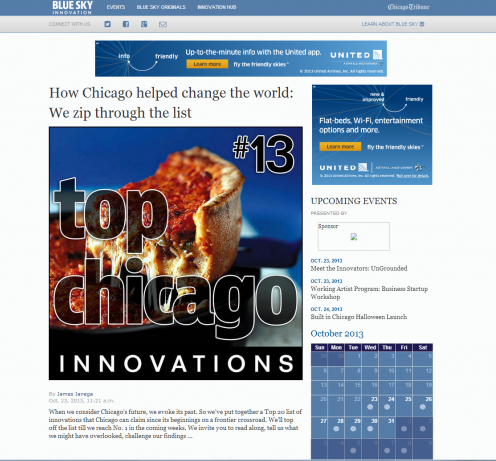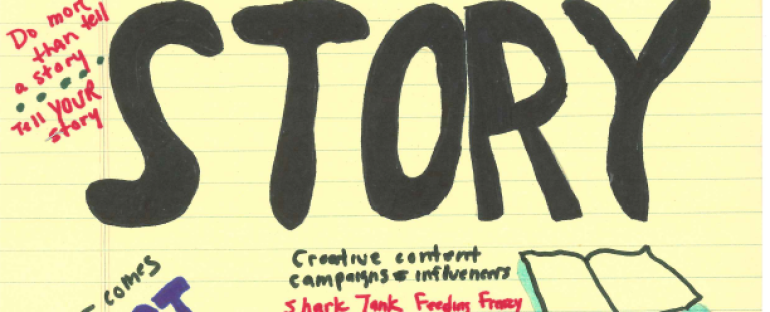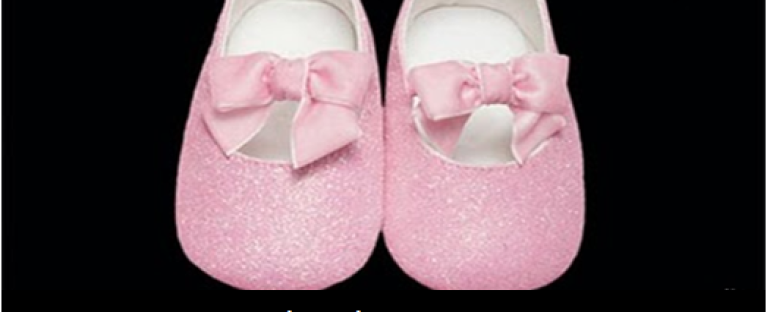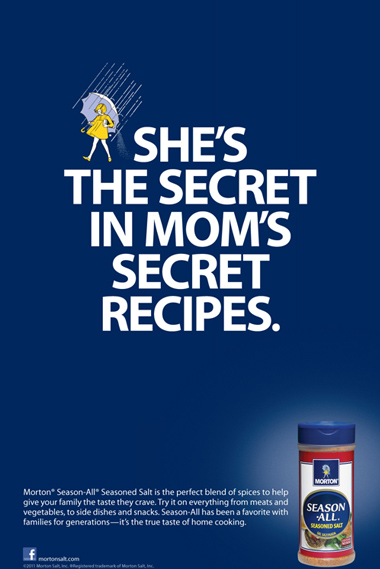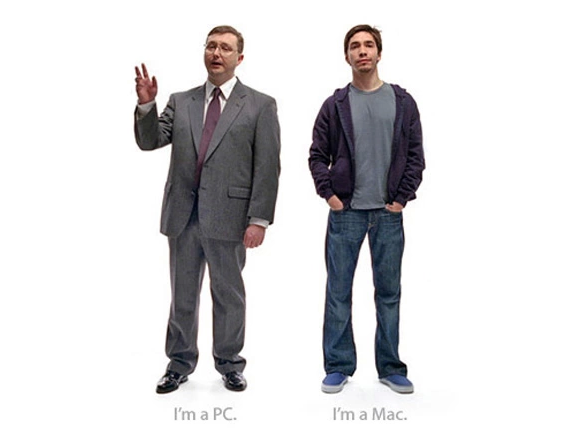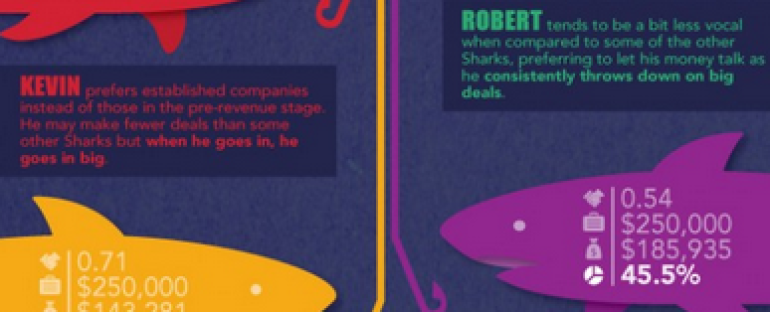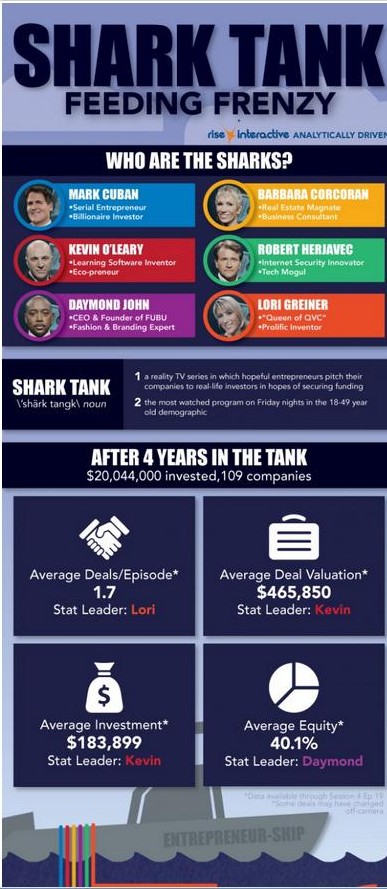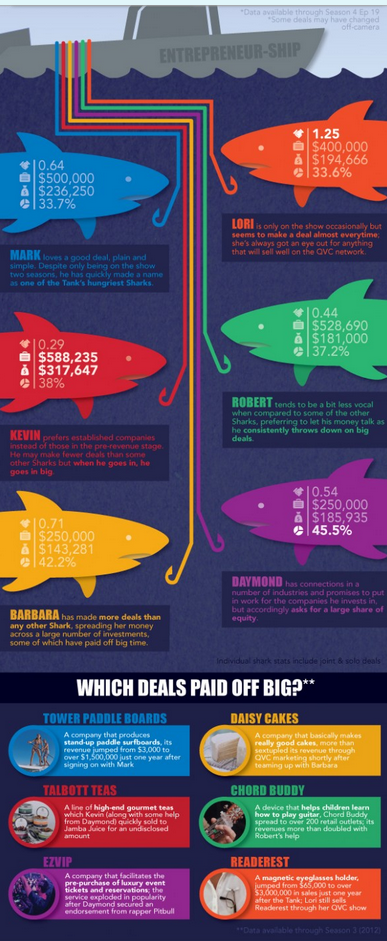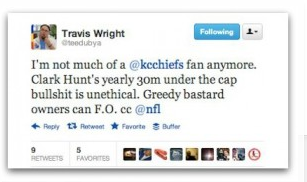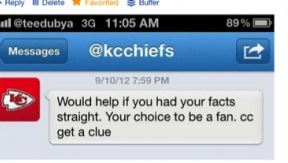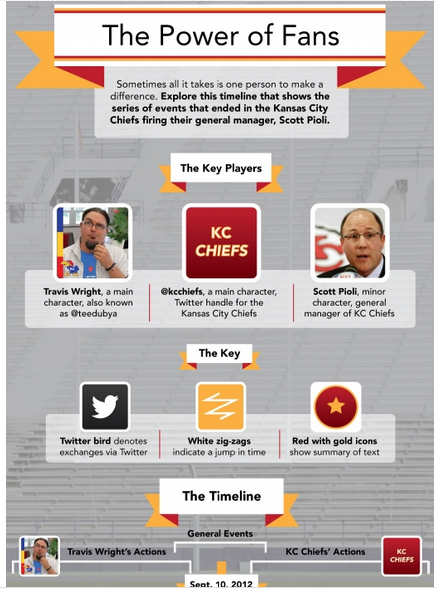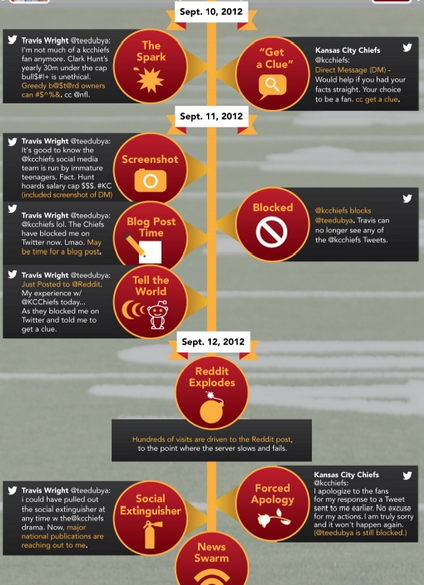Bwahahaha!…..Go ahead. If you dare, look over your shoulder. You will likely find the content apocalypse is fast catching up to you. It will require agility, creativity and careful planning to avoid joining the hordes of content zombies littering today’s content landscape. To take a bite out of this impending apocalypse you’ll need to focus on a content strategy that is mouthwateringly contagious.
Like zombies, too many brands and content creators are mindlessly marching their way through today’s multi-channel content landscape hypnotically shoveling out tweets, posts, videos, infographics and more. These content zombies are ill-prepared to face the apocalypse that’s exploding all around them. 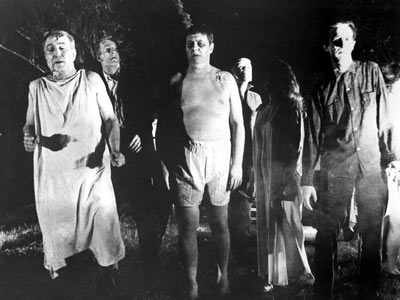
Let’s face it. As we cope with an onslaught of new channels, devices, screen sizes and platforms, we’re simply outmatched. Yet, surviving this content zombie apocalypse is possible. It will require the ability for content creators, designers and developers alike to adapt and adopt a new mental model.
As American author Max Brooks once said, “That’s the thing about zombies. They don’t adapt and they don’t think. Literally, you could have a zombie on one side of a chain link fence and you could be on the other side and they could be trying to get to you and six feet down could be an open door and they will not go through that door in the fence. That’s why they’re so scary.”
If you’re feeling like a content zombie these days, it’s time to wake up and look alive. Here are 8 steps to get you started.
- Define an Organizational Structure that Works for Content
Does your current organizational structure facilitate content collaboration with a focus on the customer? If not, change it! Content can no longer be segregated into one company silo. It takes a village to build and maintain a strong content strategy. Doing so will likely require changes in your organization’s culture. It’s hard work but critical to the success of any content strategy.
- Dig into the Data
With reams of data about customers and consumers at our disposal, there’s simply no excuse not to dig into the data. Be smart about defining those metrics that will provide the most useful insights in developing and distributing content. Then, make sure those analytic reports don’t just sit on a shelf collecting dust. Use the insights to develop personalized and customized content.
- Get Real about Real-Time Content
Create a structure that will allow you to take advantage of real-time content opportunities. Be fearless about crafting creative content based on what’s happening around you. Get curious and behave like any news hound; seek out engaging stories that will resonate with your audiences. Be smart about which stories are right for your brand and which are not. Don’t forget to cover the stories behind the story for added differentiation for your brand.Think in Terms of Context and Channels
We’re living in a multi-channel and multi-device world. That means content creation must take into account how end users are consuming content on specific devices and within specific platforms. From a website standpoint, this means making decisions about development strategies. Should you develop a separate mobile site? Develop a single site using responsive design allowing content to be consumed in any device? Or, do you adapt content experiences based on the device and platform it’s served up on? Consider that 90% of people start a task on one device and then complete it on another, according to Google and Multi-Screen World. Pew Internet research found that 31% of mobile internet users identify mobile as the primary way they navigate online. Defining how content should be structured and its associated publishing process is critical to any content strategy.
- Master the Art of Creating Customized Content Experiences
Whether it’s social media or video, infographics or complete campaigns, content needs to become more personal and customized in order to engage today’s audiences. Drill down into data to craft content that will map to end user’s interests and preferences. Map content to specific content personas and pay close attention to what your audiences care about. Then, make sure the content itself is communicated in a creative, innovative way. The best way to keep ‘em coming back for more (and telling all their fans and friends in the process) is to create content experiences that resonate with consumers on a personal level.
- Get Ready to Adopt a New Mental Model
Accept the hard truth that content creators must give up control over the presentation and layout of the Web. That control is long gone and won’t be coming back. Instead, content professionals must think in terms of creating clean, format-free content in chunks, rather than styling and presenting rich content, as was done in the days of print. This requires adopting a new way of talking about the workflow and process behind content creation. Content strategists will need to continue to look at ways of managing all content objects to support all content platforms and creating content packages that supports the new workflow process.
- Separate Content from its Form
The notion of the container of a page simply doesn’t exist anymore. That’s a huge shift in thinking for both writers and designers. Content management tools and interfaces must adapt to varying channels and contexts if we’re to be ready for the content strategy of the future. Italics, for example, may matter in audio but not in digital. Creators will need to remove traditional styling out of content in order for it to render appropriately in an audio interface. As information technology pioneer Ted Nelson once noted, “Imitating paper on a computer screen is like tearing the wings off a 747 and using it as a bus on the highway.”
- Plan for Tomorrow
Just keeping up with today’s changes isn’t enough. Content creators need to plan for tomorrow and all the new ways content will be consumed in the future. For example, the time when a single page can be sent simultaneously to a smartphone and smart TV may not be far off. In-car speech-based audio interfaces may also be right around the corner as will Internet refrigerators where our biggest problem will be taking the 30 seconds to pause from Twitter in order to grab our favorite snack from the fridge. Let’s not forget the emergence of toaster printers. How can you adapt your content to all of these new formats? Solving for these future-friendly formats today can help set you up for success tomorrow.
It will be the job of content professionals to facilitate and champion the many changes occurring in the industry. Don’t join the ranks of the content undead. Stay alert, be agile and structure your resources to get ahead of the apocalypse.
Innovate or Die.
Back in the mid-90s, this credo became popular to describe the innovations that were taking place with technology and the Internet. Today, when you think of innovation, you’re likely to think of well-known innovators such as Steve Jobs or Bill Gates, formal think tanks, senior-level management programs or even new vehicles such as the popular TV show, “Shark Tank”. ![shutterstock_114275764[1]](http://www.nancypekala.com/wp-content/uploads/2013/10/shutterstock_1142757641-e1382562537691.jpg)
When you think of innovation, content isn’t likely the first thing that pops in your head. That’s why I was so pleasantly surprised to learn that the Chicago Tribune, my home-town news provider of choice, is making innovation a priority.
Last week, the Chicago Tribune launched Blue Sky Innovation, a new premium digital site focused on keeping up with the entrepreneurial scene in the city and serving the needs of innovation-minded professionals.
Tribune editor Gerould Kern explained, “We’ll carry news about Chicago’s emerging business development landscape—startups, technology, innovative new products, services and entrepreneurial best practices.”
He added the new content offering will explore how innovation is shaping the Chicago economy including who the people are who are turning a creative spark into a market reality, lessons learned and sources of the most creative ideas.
Much of the content will be original reporting from the Blue Sky news team but the site will also curate content from other sources and experts in the field to form an information hub for an innovation community.
A sampling of Blue Sky content will appear each week in the Chicago Tribune’s print edition in the Monday Business section.
“You can be on top one day and then knocked from that pinnacle when someone comes forward with a better idea more in tune with consumer needs and tastes,” Kern stated. “Innovations propagate fast through the marketplace and they can change our lives.”
Among the first week’s Blue Sky content offerings is an interview with Dyson CEO Max Conze who talks about his company’s successful culture and commitment to product innovation. Conze noted that “We have a big belief that if you bring in people young, if you give them responsibility, and you want to recruit for aptitude, intelligence, as opposed to experience, you will be continuously amazed by what young people do.”
The Tribune’s new site is an innovative move in its own right. Not only is the news provider focusing on an engaging subject matter that has the potential for wide reach, it’s only slating it as premium content, all the better to increase digital subscriptions.
While the technology, medicine and science fields seem to garner all the headlines when it comes to innovation, content creators and marketers can take a page from their playbook. Content could—and should—be creative and innovative. Here is my to-do list for incorporating more innovation in the content process.
- Take a risk. Avoid “safe” leads, headlines and subject lines. Incorporate engaging and provocative quotes rather than the usual standard fare.
- Curate people and content. Introduce new and different perspectives into your content through the curation process.
- Follow through on feedback. Don’t just ask for reader feedback; actually take action on it. Sift through reader’s comments to identify any suggestions that can enhance your content offerings.
- Try something different. Commit to trying something new at least once a month.
- Expand your horizons. Look to other industries and other types of professionals for ideas and inspiration. My personal go-to sources include those who are not only writers, editors and content creators but also technologists, designers, architects and psychologists.
- Keep an “inspiration” journal. Keep track of key phrases, books, quotations, images and other content that gets your creative juices flowing. Refer to it often so you can think of ways to develop content around it or incorporate it into other content offerings.
- Iterate, iterate, iterate. Some of the most creative and innovative people are able to take a germ of an idea and grow it into something new. There’s no need to start from ground zero.
Rosabeth Moss Kanter once said, “Mindless habitual behavior is the enemy of innovation.”
The truth is that most organizations today don’t value and encourage imagination and innovation. But innovation can only happen when people get out there and just try a lot of different things.
Next time you’re looking to craft a new content offering, take the time to be creative. Be fearless, be innovative and have the courage to try something new.
This year’s sessions during Social Media Week Chicago served as an excellent reminder for content strategists and marketers alike when looking to craft compelling brand stories and content marketing. Here are a few key takeaways: 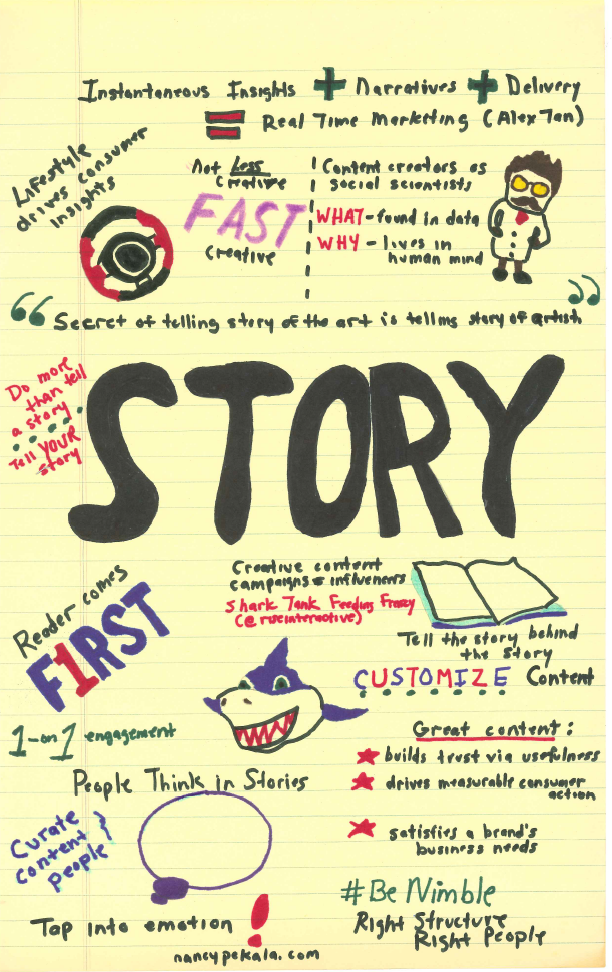
- Behave like a Social Scientist.
Human beings naturally think in terms of stories. You can understand how consumers are likely to behavior through the use of personal, emotion-filled content and conversations. WHY lives in the human mind while WHAT can be found in data. - Lifestyle trumps demographics for consumer insights.
Demographics alone won’t give you what you need to understand the motivations of consumers and customers. Instead content and marketing is more effective when it’s tied to consumers’ life stages and lifestyles. Brands like Cheerios do an excellent job of targeting multiple life stages. - The Reader comes FIRST.
When crafting content of any kind, think of the reader first, last and always. Quality counts more than quantity and any content developed should be created first for the end user, not the search engines. - Cultivate a NIMBLE organization.
To be able to effectively take advantage of real-time marketing opportunities, you must have a flexible, nimble organization. Make sure you have the right structure and the right people in place. - Focus on creating GREAT content.
To get the attention of consumers who are bombarded with marketing messages and content, make sure you are creating great content that builds trust through usefulness, drives measurable consumer action and satisfies your brand’s business needs. - Do more than tell a story; tell YOUR story.
Share insights about who you really are as a brand. Customize content and tell the story behind the story.
See Related Posts:
Modern Day Show and Tell: The Art of Storytelling with Content Curation
Can You Feel It? Why Emotion is Driving Brand Story Selling
Putting Some Teeth into your Influencer Campaigns
Connections, Conversations and Creativity Lead to Better Brand Stories
FOR SALE: Baby Shoes….Never Worn.
Just six simple words but what a story they tell. Ernest Hemingway penned this short, short story years ago on a $10 bet. But it speaks to what makes for a truly compelling story.
Ask any brand today and they’ll proudly tell you they are now actively in the business of producing content. Nearly every brand has moved content marketing to the top of their to-do list. They tweet and pin and post and blog. But are they really moving the needle in engaging their audiences through story? 
There is a huge difference between those that are merely producing content and those that are actual, bona fide storytellers.
Storytelling isn’t just about pushing out content. It’s about getting into people’s heads and hearts using the basic storytelling principles of character, conflict and resolution. As Maya Angelou once said, ““I’ve learned that people will forget what you said, will forget what you did, but people will never forget how you made them feel.”
Speaking during Social Media Week Chicago, Daryl Travis, Founder and CEO of Brandtrust and author of the new book, How Does It Make You Feel? Why Emotion Wins the Battle of Brands, stressed that today’s content creators and marketers need to think and behave more like social scientists in order to better understand the unarticulated needs for consumers. According to Brandtrust research, our non-conscious system accounts for 95% of our motivations and reveals the true mind of the consumer and uncovers emotional drivers of their behavior. The remaining 5% comprises our conscious self which reveals the voice of the customer and elicits rational answers. Storytelling allows us to tap into both.
“What drives brands is emotional, irrational and beyond our conscious awareness,” he said. “We need to understand the stories and narrative patterns of consumers’ lives and how they’re connected to brands in order to bring them to life.”
Brands are beginning to realize what every writer and journalist has always known: “Never underestimate the power of a great story.” Stories are the essence of human communication. Just ask yourself: Do you most remember bullet point factoids from a PowerPoint presentation or a story told around the office water cooler?
As author Douglas Van Praet aptly notes in Unconscious Branding: How Neuroscience Can Empower (and Inspire) Marketing, “We need to remind ourselves that we are all in the business of buying and selling good feelings. The more emotionally charged, the more likely your brand will stick out or break through the clutter, forcing people to notice your message.”
One brand that not only gets consumers’ attention but does so by focusing on feelings is Virgin Atlantic airlines. Founder Richard Branson stated: “The idea that a business is strictly a numbers affair has always struck me as preposterous. I’m convinced that it is feelings–and feelings alone–that account for the success of the Virgin brand in all its myriad forms.”
He added, “It is my conviction that what we call shareholder value is best defined by how strongly employees and customers feel about your brand. Nothing seems more obvious to me that a product or service only becomes a brand when it is imbued with profound values that can translate into fact and feeling that employees can project and customers can embrace.”
An increasing number of brands are zeroing on emotions to move the needle in the marketplace. And you don’t have to be Apple or Starbucks to make it work. Consider the case of Morton Salt. Clearly a commodity product, salt is salt with nothing differentiating it. Yet, Morton Salt enjoys a 50% market share because it sells trust to make its brand stand out. It features the familiar illustration of a little girl under her umbrella with the tag line, “When it Rains, It Pours” on its packaging, reminding customers it is the same product their mother, aunts and grandmothers used for generations.
Brands must also take into account the shape of the story they are crafting. Does the subject matter align better with an episodic or thematic approach? While episodic stories tend to be more effective at motivating an audience to take action, thematic stories earn greater emotional involvement from the audience.
Consider Microsoft’s popular ad campaign, “I’m a PC” featuring an “everyman” who identified himself as a PC user and his Mac user counterpart. Through a series of effective ads, Microsoft told a thematic story that prompted a broad consumer conversation of the merits of both products and the kinds of people who use them. The campaign proved to be a successful example of how emotional attachments can be used to develop strong brand identity and loyalty.
What’s your brand’s story? Whether it’s your personal brand or a professional one, when deciding how to tell your brand’s story consider these guidelines:
- Consider the shape of the story. Think in terms of what will be memorable so it can be passed along to someone else.
- Construct stories with emotion; think about how the story will make someone feel
- Write and create empathically. Remember there are human beings on the other side of your story.
- Don’t neglect to entertain with content.
- Turn facts into a story rather than bullet points
- Convey stories using compelling images and selective text (think of Hemingway’s short, short story)
- In social media channels, answer questions in terms of story.
Want to reel in the big fish to drive traffic and brand awareness? To get the attention of key influencers, you need to bait your hook with a combination of hard data, out-of-the-box creativity and personalized content.
Too often, brands looking to attract the attention of influencers throw a dart blindly hoping it will eventually hit a target with lots of followers or fans. With this haphazard approach, is it any wonder that brands fail to hit the bull’s eye?
Brands need to think differently today about how they can build influencer relationships. They need to roll up their sleeves and invest the time, effort and creativity it takes to reach today’s key influencers. To grab the attention of influencers who are bombarded by content every minute of every day, brands must create personalized, targeted content.
During a Social Media Week Chicago presentation, Jon Morris (@JonBMorris), Founder and CEO of Rise Interactive (@riseinteractive), a digital and analytics firm specializing in big data and analytics, advised that “Social media is all about a personalized experience. What’s your influencer’s story? Use that information to tap into emotion that will reach influencers.”
When planning influencer campaigns, brands should ask questions like:
- What are they passionate about?
- What are their hobbies?
- Who do they follow?
- Who follows them?
- What subjects do they write about or share in social media channels?
Consider the recent social media campaign Rise Interactive launched in an attempt to get one of the star sharks from the ABC hit show “Shark Tank” to bite. Using data it culled from detailed research, the agency calculated the number of average deals per episode, average deal valuation, average investment and average equity as well as a detailed profile of deals for each shark investor.
The result was the creative and detailed infographic “Shark Tank Feeding Frenzy” (see images below).
During Shark Week, the agency tweeted a customized message to each shark with a link to the infographic.
The creative campaign did its job. One of the Sharks, Barbara Corcoran, retweeted the message to her 87,541 followers and Jeffrey Hayzlett, former Kodak CEO and a key influencer himself, saw the tweet and sent a personal email to Shark Daymond John.
In another campaign aimed at driving brand awareness and website traffic, Rise Interactive jumped on an issue close to the heart of power influencer Travis Wright who has nearly 150,000 Twitter followers. Travis is passionate about the Kansas City Chiefs and set off a viral hailstorm when he posted the following tweet last September:
In response, the Kansas City Chiefs replied with the following direct message which Travis proceeded to capture via a screenshot and share with all of his followers:
Travis’ action resulted in a flurry of activity including being blocked from the Chiefs, a top post on Reddit and a variety of local and national interviews. Ultimately, the single tweet led to the dismissal of NFL General Manager Scott Pioli.
If you wanted to build a relationship with Travis, what better way than to join him in his Chiefs crusade? That’s exactly what Rise Interactive did when they launched its “The Power of Fans” campaign. In an infographic (see images below), the agency tracked the timeline of the Travis Wright vs. Kansas City Chiefs situation to demonstrate how one person can make a difference. To extend the power of the campaign, the agency also created an internal contest encouraging employees to get the word out about the campaign. Each employee was provided a unique URL so that results could be easily tracked. The winner of the contest netted 14,000 unique visitors to the site, of which 98% were new.
These two campaigns are great reminders of what it takes to capture the attention of any target audience today.
- Determine goal of influencer relationship (traffic, brand awareness, conversions).
- Use data to identify your target influencers.
- Research their data to cultivate a personal, customized story.
- Be creative when crafting personal content.
- Distribute content via appropriate and targeted channels.
- Leverage employee networks to promote content.
- Measure Results
- Build on influencer relationship with consistent communication.
To attract awesome influencers, you have to think awesome. Today’s brands need to be part data scientist, part social scientist and part artist. To win over influencers, put some teeth into those campaigns. Be creative, dig deep into the data and craft personalized stories.
Share This
Recent Blog Posts
- International Women’s Day: Taking action to gain traction
- Be a shoulder and a hand: 10 ways to help women in the workplace show up and shine up
- Unfinished Business: Content Marketing’s Role in Cracking the Glass Ceiling
- Lessons Learned from 84 Lumber’s Super Bowl Fail
- Brands Rise Up to Stand Out in Super Bowl 2017
Categories
Blog Post Tags
My Tweets

About Me
Portfolio Categories
Follow Me
Recent Posts
-
International Women’s Day: Taking action to gain traction
The first time I noticed men and women were treated...
-
Be a shoulder and a hand: 10 ways to help women in the workplace show up and shine up
International Women’s Day is an important day of...
-
Unfinished Business: Content Marketing’s Role in Cracking the Glass Ceiling
When it comes to tackling the gender equality issue...
-
Lessons Learned from 84 Lumber’s Super Bowl Fail
84 Lumber got it wrong on Super Bowl Sunday. In fact,...











